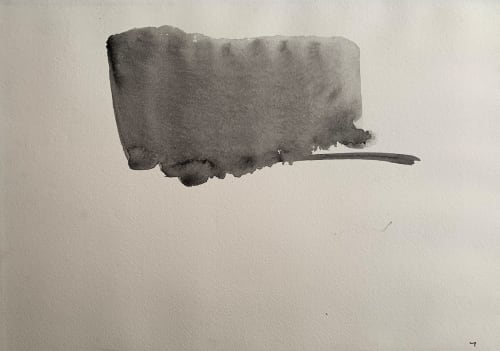Johnstone was born in 1897 in Denholm in the Scottish Borders and grew up to a farming family. After the First World War he gave up the life of a farmer to go to Edinburgh College of Art. Here he met the poet Hugh MacDiarmid who shared many of his political and artistic ideals. Together they formed the concept of the Scottish Renaissance to release the nation from its cultural poverty under a centralised British arts scene.
Johnstone travelled to Paris in his youth, which opened him to the ideas of modernism. He also spent a large amount of time in the US, where he became interested in Indian cave paintings for their deemed naïve simplicity.
During World War II Johnstone became culturally despondent, turning away from practising art to become a teacher, a role which occupied much of his professional life. In 1938 until 1945 he served as the Principal of the Camberwell School of Art and Crafts in London. And later, in 1947, was appointed as Principal of the Central School of Arts and Crafts. Johnstone was noted for his recruitment of a new teaching staff of fine artists which included the painters Mary Kessell (b. 1914) and Richard Hamilton, brought in to assist at the School of Silversmithing and Jewellery. Johnstone played an important and pioneering role in his teaching and promoting of 'Basic Design principles'—which he had developed from his contacts with the Bauhaus— at both the Camberwell and Central Schools
He became well renowned as a teacher, creating innovative courses and employment such important artists to teach as Alan Davie and Eduardo Paolozzi. And in 1954 Johnstone's significant contributions to art education saw him awarded an Order of the British Empire. In 1960, Johnstone retired and left the Central School to return home to the Borders to work dually as a farmer and a painter. This was to be his most prolific period as an artist.
